What Direction For Planting Bulbs - How To Tell Which Way Is Up On A Flower Bulb
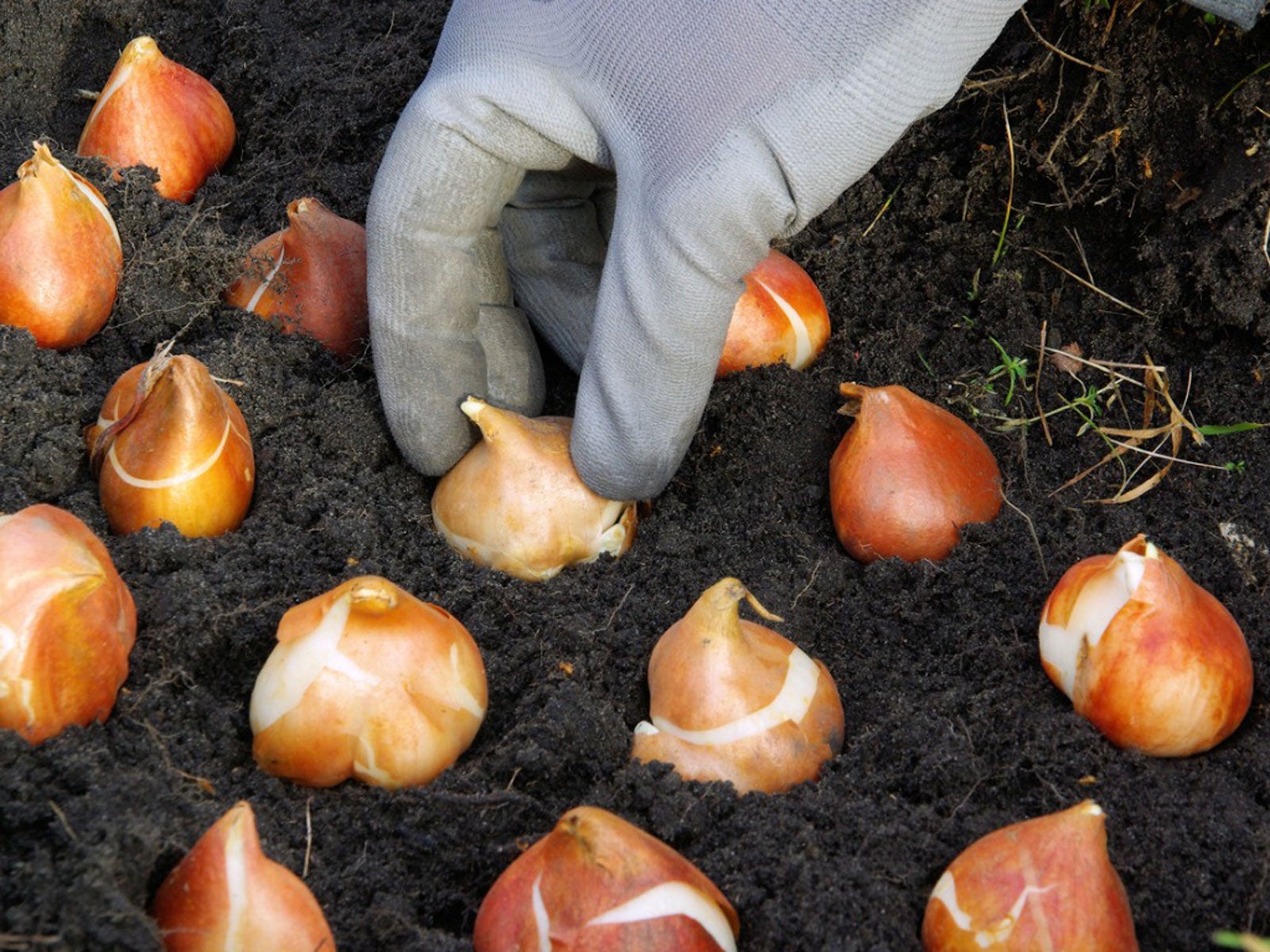
While it may seem simple and straightforward to some people, which way to plant bulbs can be a bit confusing to others. It's not always that easy to tell which way is up when it comes to what direction for planting bulbs is best, so read on to learn more.
What is a Bulb?
A bulb is typically a sphere-shaped bud. All around the bud is a fleshy membrane called scales. These scales contain all the food the bulb and flower will need to grow. There is a protective coating around the bulb called a tunic. There are different types of bulbs with a few differences, but the one thing they all have in common is they produce a plant from an underground food storage supply. They all perform better when planted correctly.
Bulbs and corms are very similar to each other. The only real difference is the way they store food, and corms are much smaller and tend to be flatter in shape rather than round. Tubers and roots are similar to each other in that they are just enlarged stem tissue. They come in all shapes and sizes, from flat to oblong and sometimes come in clusters.
Planting Flower Bulbs - Which Way Up
So, which way up do you plant bulbs? Bulbs can be confusing when trying to figure out the top from the bottom. Most bulbs, not all, have a tip, which is the end that goes up. How to tell which way is up is by looking at the bulb and locating a smooth tip and a rough underside. The roughness comes from the roots of the bulb. Once you have identified the roots, face it downward with the pointy tip up. That is one way to tell which way to plant bulbs.
Dahlia and begonias are grown from tubers or corms, which are flatter than other bulbs. Sometimes it is tricky to determine what direction for planting bulbs in the ground because these don't have an obvious growing point. You can plant the tuber on its side and it will normally find its way out of the ground. Most corms can be planted with the concave portion (dip) facing upwards.
Most bulbs, however, if planted in the wrong direction, will still manage to find their way out of the soil and grow toward the sun.
Gardening tips, videos, info and more delivered right to your inbox!
Sign up for the Gardening Know How newsletter today and receive a free copy of our e-book "How to Grow Delicious Tomatoes".
-
 Looking For Plants To Give You The Soft And Fuzzies? Try These 5 Fuzzy Leaf Plant Options
Looking For Plants To Give You The Soft And Fuzzies? Try These 5 Fuzzy Leaf Plant OptionsLovers of texture, drama, silver foliage and tactile plants will adore these special sensory garden additions. These fuzzy leaf plant options will leave you all aglow
By Susan Albert
-
 Get Ready For A Summer Of Hummers! Grow These Full Sun Hummingbird Plants and Flowers
Get Ready For A Summer Of Hummers! Grow These Full Sun Hummingbird Plants and FlowersIf you’re lucky enough to enjoy a sunny backyard, make sure you are maxing out on your pollinator opportunities and grow these full sun hummingbird plants and flowers
By Tonya Barnett
-
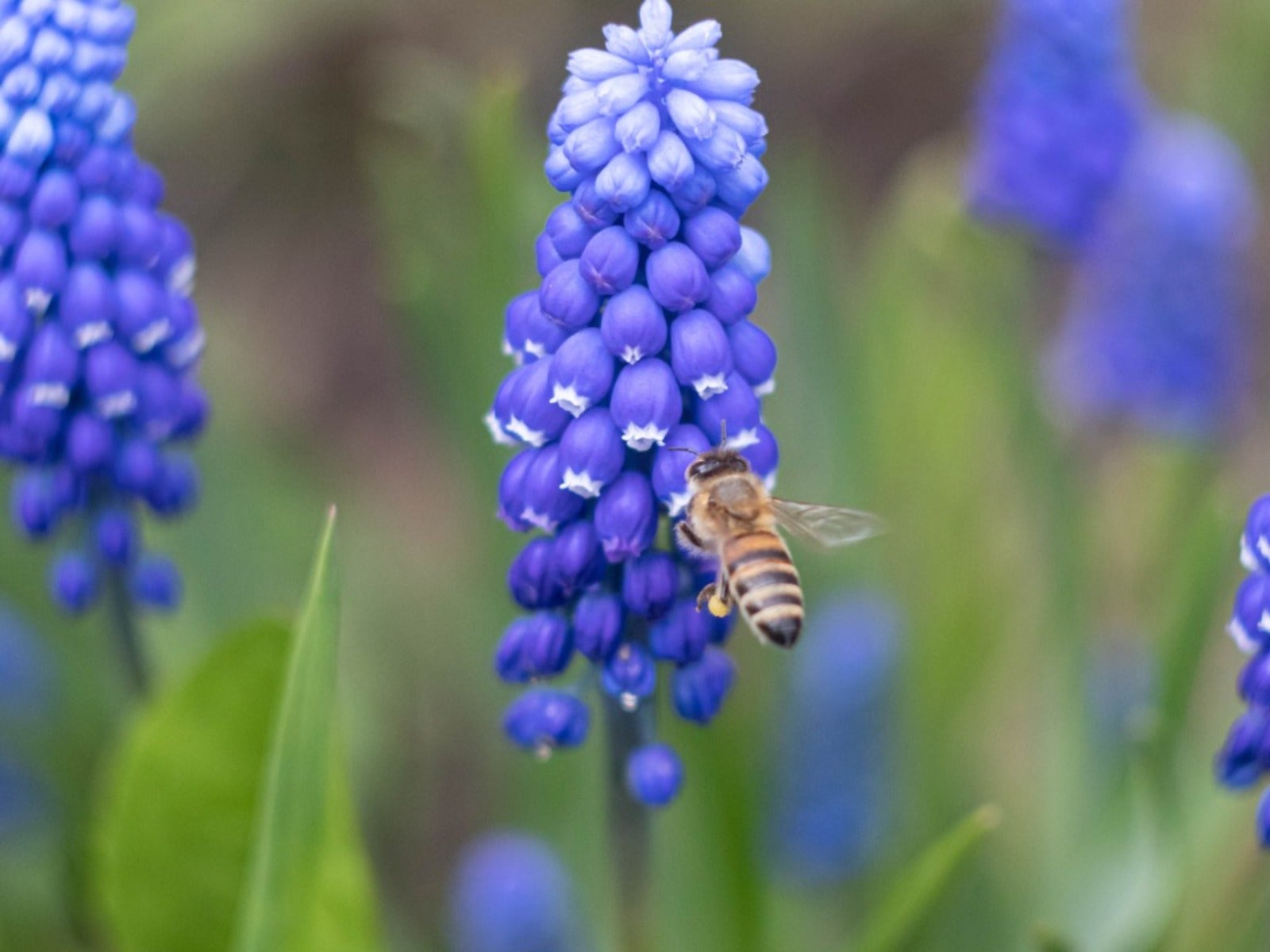 Pretty Spring Bulbs For Pollinators
Pretty Spring Bulbs For PollinatorsWhat are the best flowering bulbs for pollinators in spring? Click here to find out.
By Mary Ellen Ellis
-
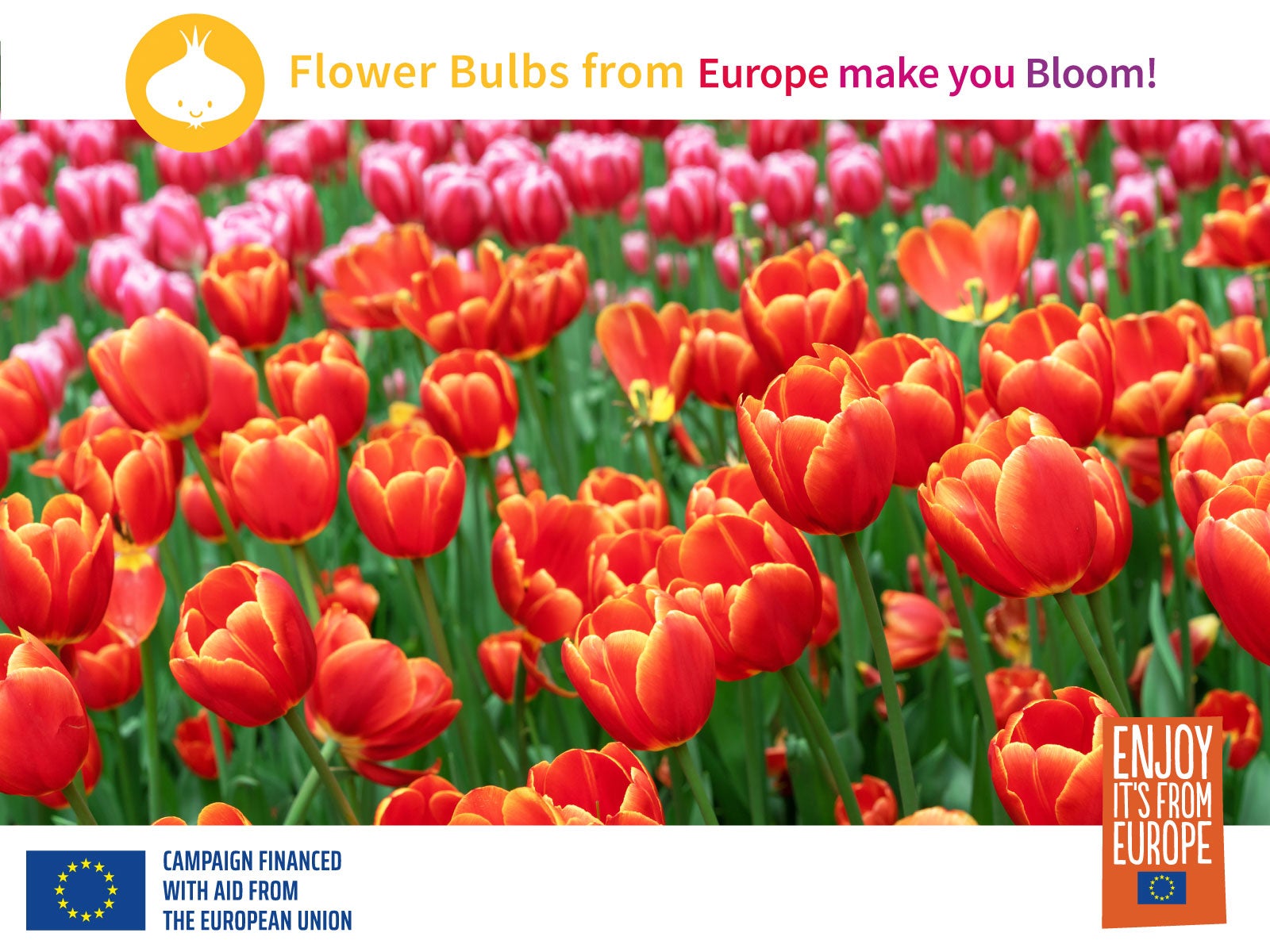 Grow An Early Spring Flowering Bulb Lawn
Grow An Early Spring Flowering Bulb LawnWant a lawn that nourishes pollinators, never needs weeding, and grows more beautiful every year? We have the lawn for you. Click for more.
By Caroline Bloomfield
-
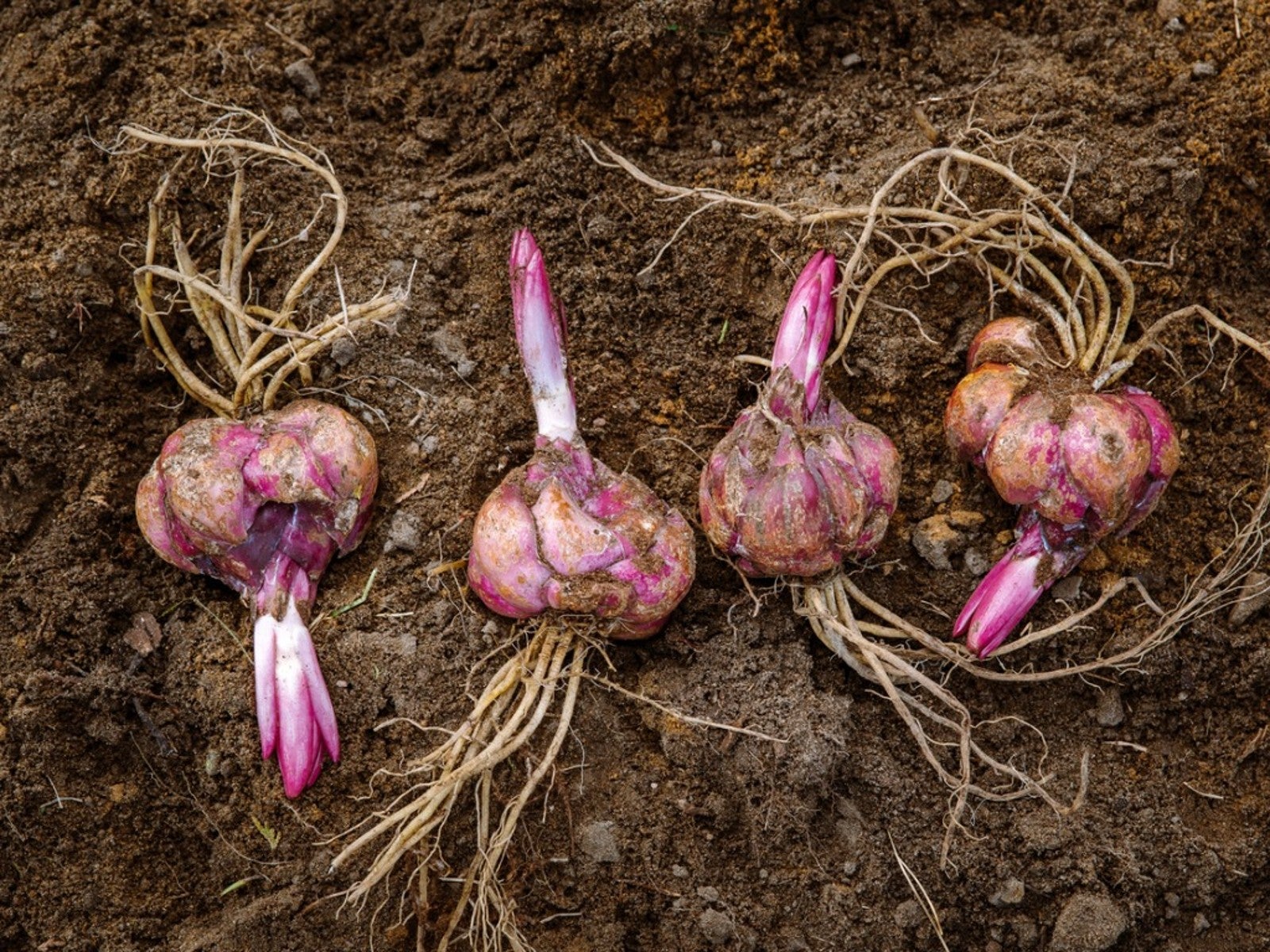 When To Dig Up Bulbs That Bloom In Summer
When To Dig Up Bulbs That Bloom In SummerClick here to learn when to dig up faded summer bulbs of some of the most common ornamentals grown.
By Tonya Barnett
-
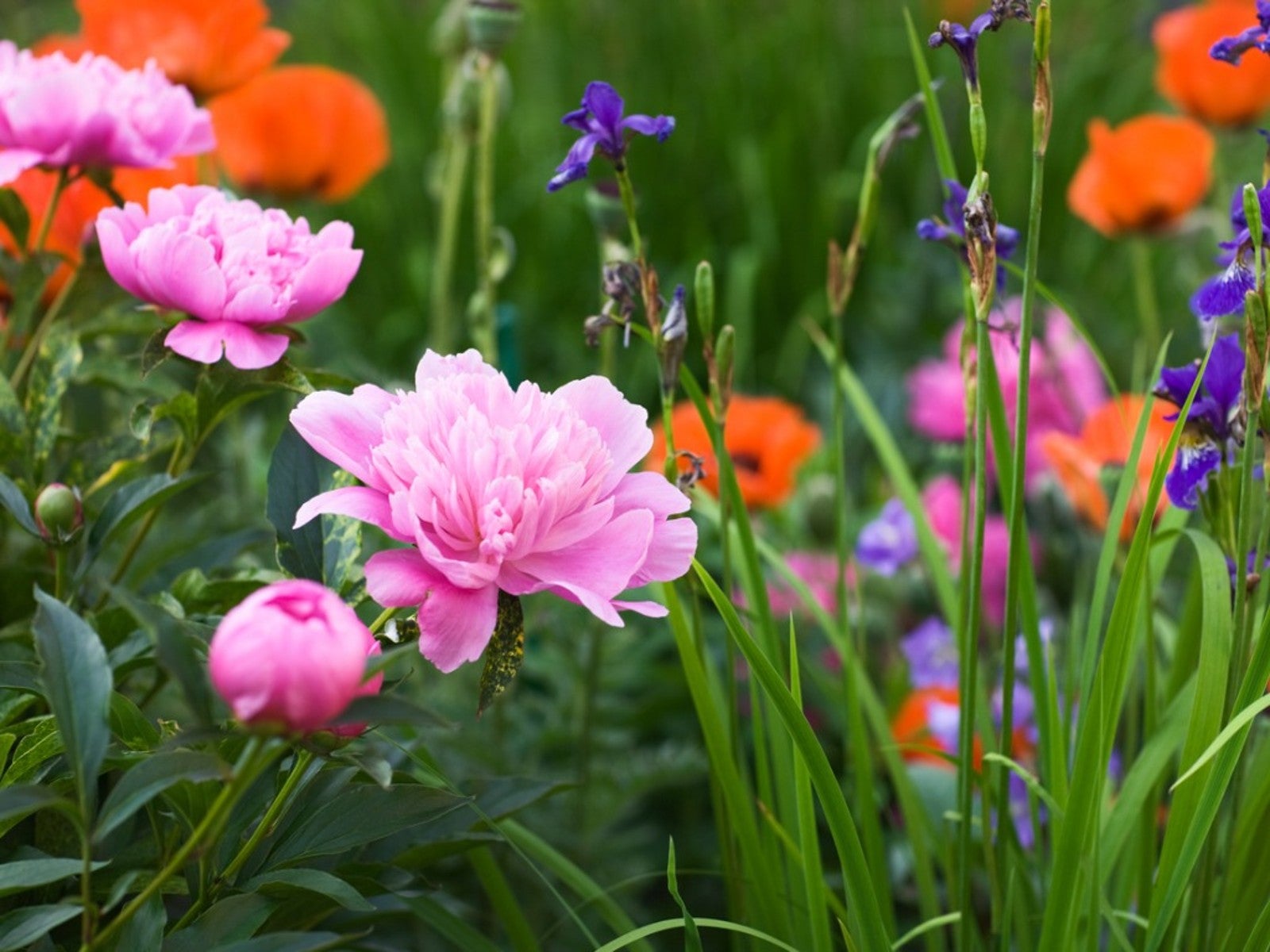 Corms, Tubers, And Bulbs That Are Deer Resistant
Corms, Tubers, And Bulbs That Are Deer ResistantWe love tulips, and so do deer! If you have hungry deer and you hunger for spring blooms, this article should help.
By Amy Grant
-
 Care for Bulbs After Blooming
Care for Bulbs After BloomingIt's tempting to chop down the leaves after you bulbs have bloomed, but you have to resist this urge! Click to learn why.
By Amy Draiss
-
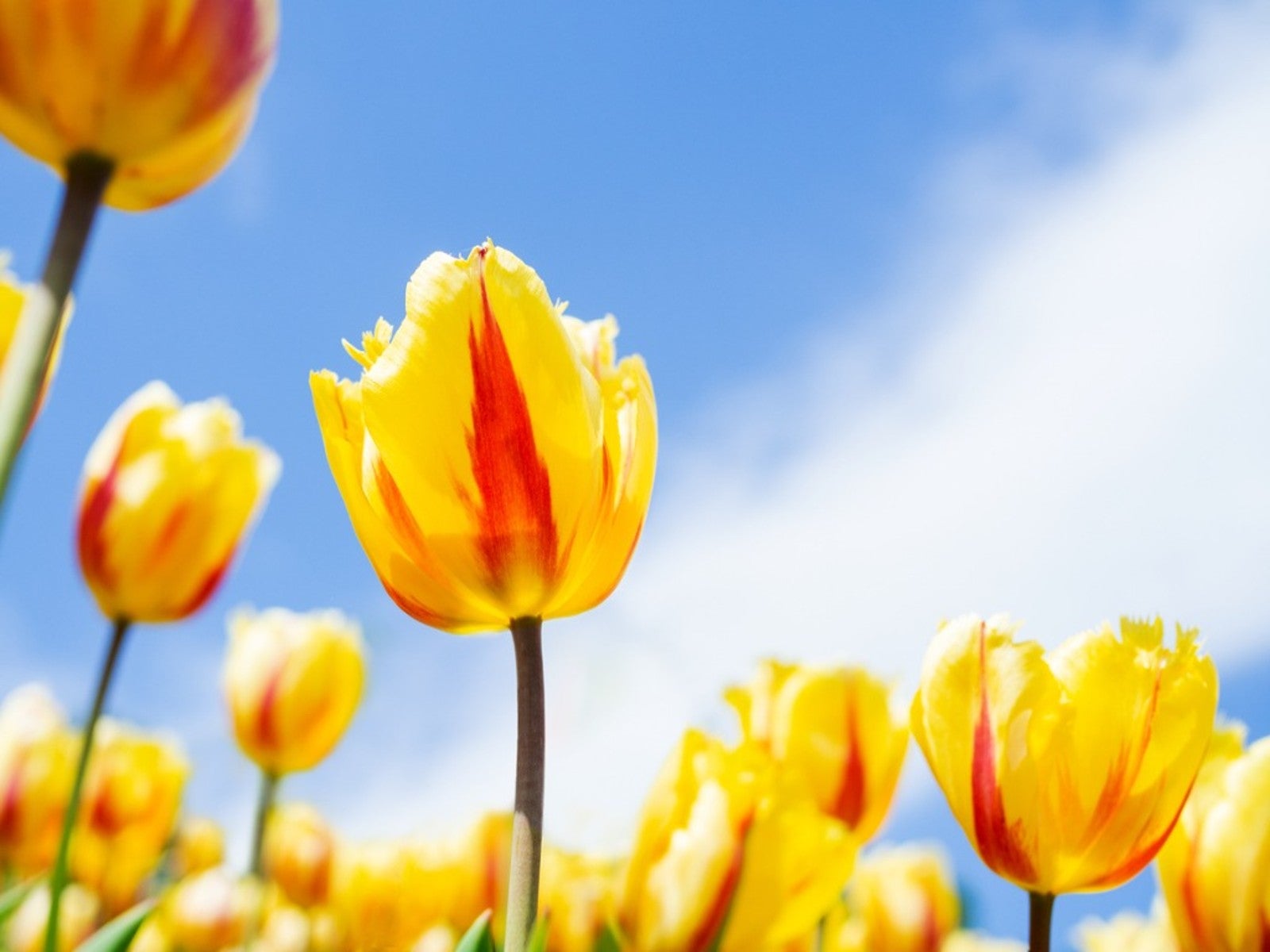 Best Spring Bulbs for Sun and Shade: Bulbs That Grow in Shade and Full Sun
Best Spring Bulbs for Sun and Shade: Bulbs That Grow in Shade and Full SunBulbs are beautiful harbingers of spring. Most flower bulbs thrive in full sun, but what if you have a shaded landscape? Read on for more.
By Amy Grant
-
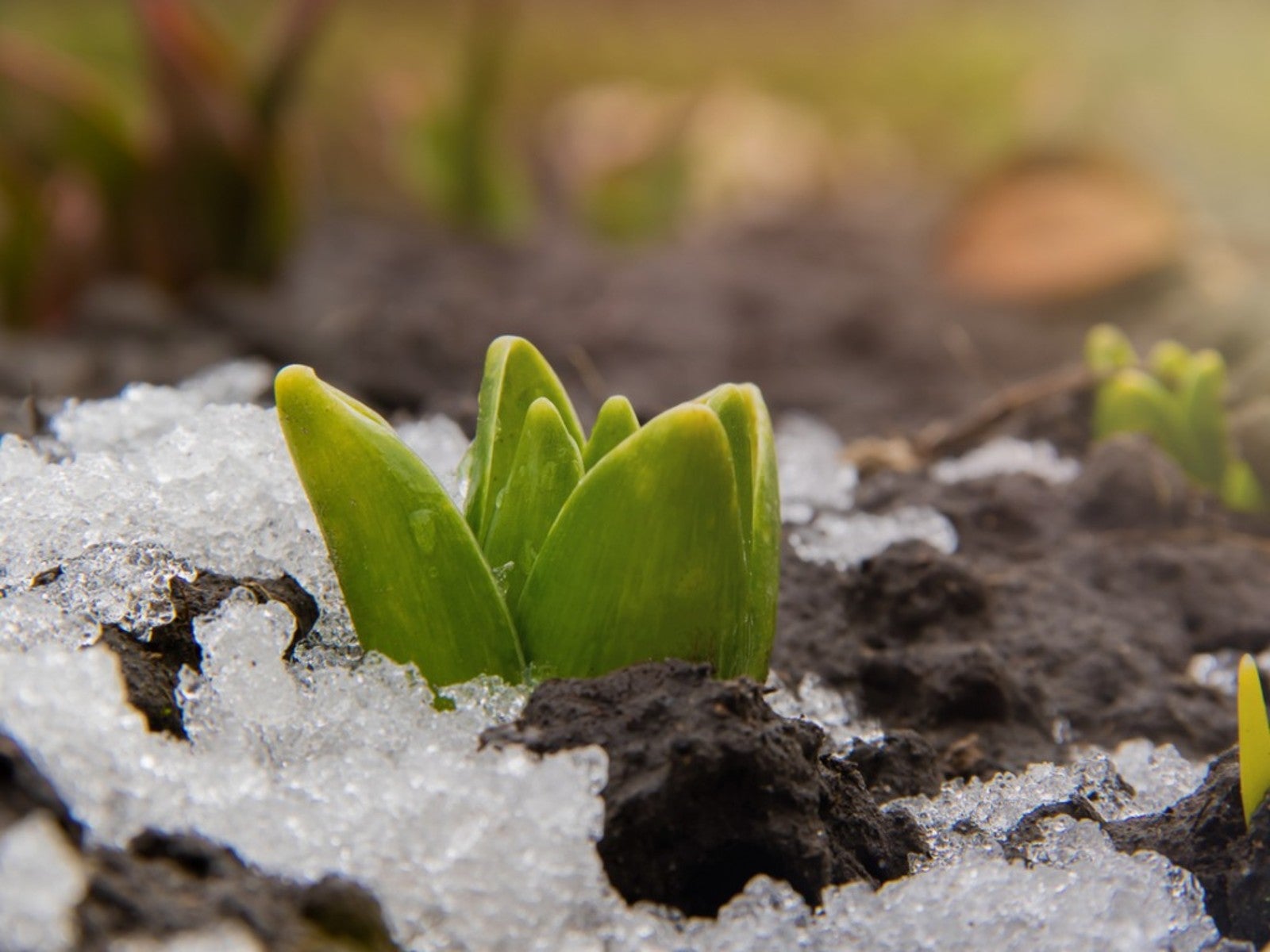 Bulb Life Cycle In Winter: What Bulbs Do For Months Under The Snow
Bulb Life Cycle In Winter: What Bulbs Do For Months Under The SnowDormancy in winter doesn't mean nothing is happening with bulbs. It just means you don't see any growth above the ground. Read on for more.
By Bonnie L. Grant
-
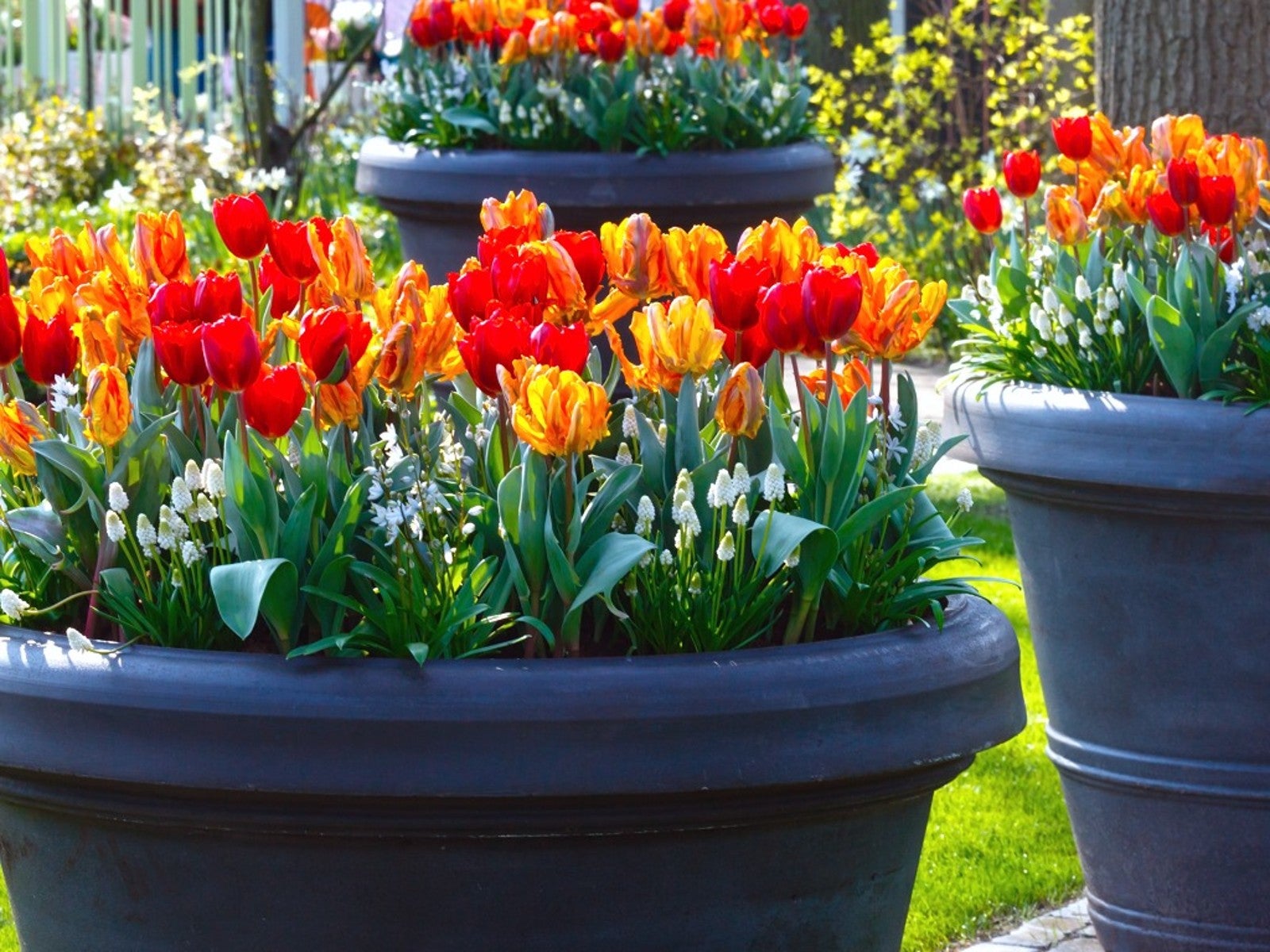 How To Plant Bulbs In Pots - Lasagna Style
How To Plant Bulbs In Pots - Lasagna StylePlanting bulbs in containers is an easy way to create a gorgeous spring porch arrangement, especially when you use the lasagna method.
By Laura Walters